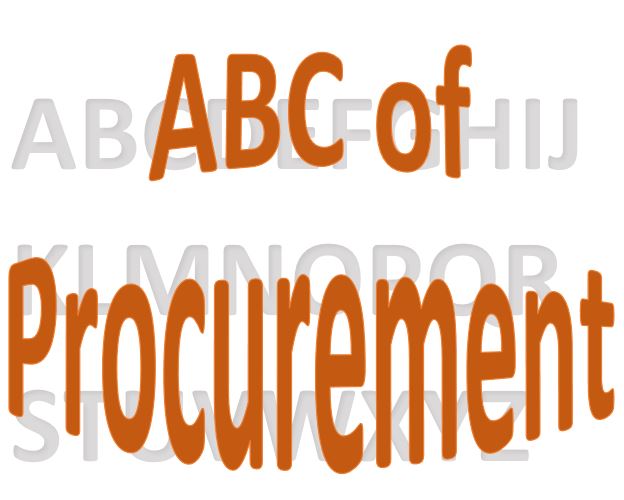I am, and always will be, for transparency and full openness with all stakeholder. Good news, bad news, we have to deliver them. But it does not mean that we have just to bluntly tell all the data and then expect guidance from someone. Let us learn a bit about how to be diplomatic.
Tell the story, not just the outcome
We cannot say:” the vendor said no”. Explain, in short, all the attempts you and the team have made before the final answer came. The same goes for the supplier. Never let your negotiations come to an end. This one may go wrong. But it does not mean that you will never work together. Secondly, provide feedback. How many per cent have they been above the winning bid? If you can’t disclose the price, give some ballpark data. It makes a big difference whether they were a couple of points or 15% above.
Give options
Something I push my team to always do is to give options. We are not supposed to drive our stakeholders to a dead end and then ask for further directions. This is, in simple words, avoiding all kinds of responsibility. As a trusted advisor to the business, we need to know all possibilities. Some may be expensive; some are a long-term solution. That is fine. My goal is always to have a “yes/no” or “Option X, please” answer from my stakeholders. This will as well help you to get things moving in your direction. If you leave it to the group to discuss, they may get to solutions that your team has problems to bring into action. If you are the one giving alternatives, you have already investigated most of the potential issues.
How to treat the supplier
I see very often that buyers openly lie to the suppliers. That they have a better deal from the competitor. That we did not like the product. Or we ignore them until it is time for the next RFQ. Well, this is a surefire way to reduce the vendor pool to a couple, willing to serve you. And charge extra for it. Yes, it is hard to tell that we gave the preferred vendor an opportunity to match your price. Go into the reasons why the other vendor actually became preferred. Credit terms, post-delivery service, response time. This is the actual reason.
When you need help, ask for it
Another thing I see very often. Buyers struggling with incomplete data. Quotes being revised several times due to changes in product description or specifications. And all we had to do is to ask. Procurement is a specialist in connecting people who need products or services with people who can provide them. It is not a must for us to know all the details, but we do need to understand the basics. And having no clue what we are buying is a recipe for disaster. Spend some time with both the seller and stakeholder learning about the product you will buy. As the vendor for more information. They will be happy to assist. Be sincere and curious. It works well in most cases.
Let me illustrate this point with two sentences that describe the same: the vendor refused to pay for the delivery to our warehouse. Think like a manager. Which buyer you would like to have on board. The one that says:
“Vendor refused to deliver. Awaiting further instructions”
Or
“Due to the very low price we have negotiated with the vendor, he refused to deliver the goods. However, we agreed that he will pack and load the truck. We have arranged two quotes, from the vendor and a 3PL company for your review. Upon your approval, the shipment will start from the vendor’s site within 24 hours”.
Procurement needs to move away from the transactional to a strategic role in the business. The first step would be to show how we can help. And those are the first steps in this journey.



